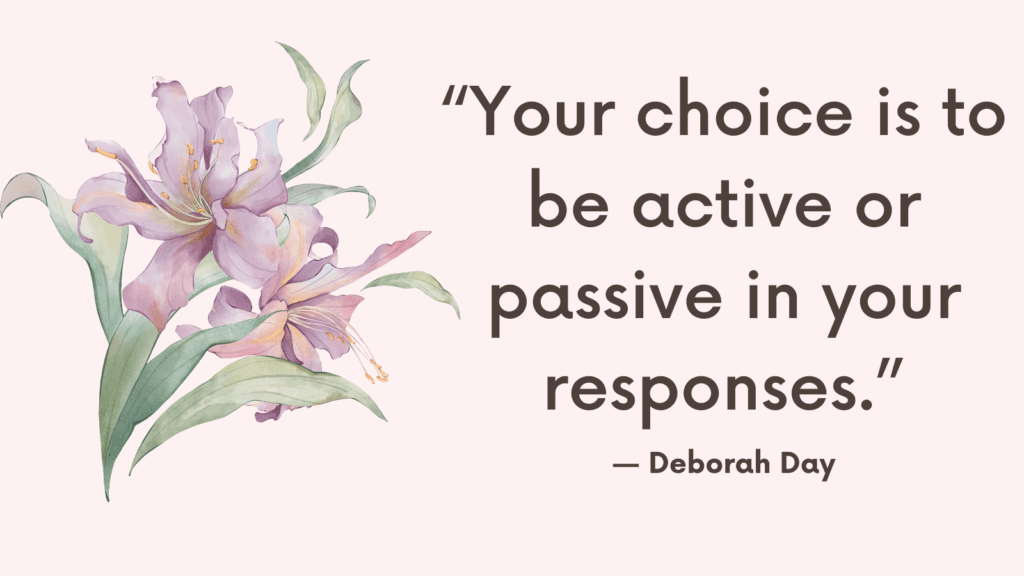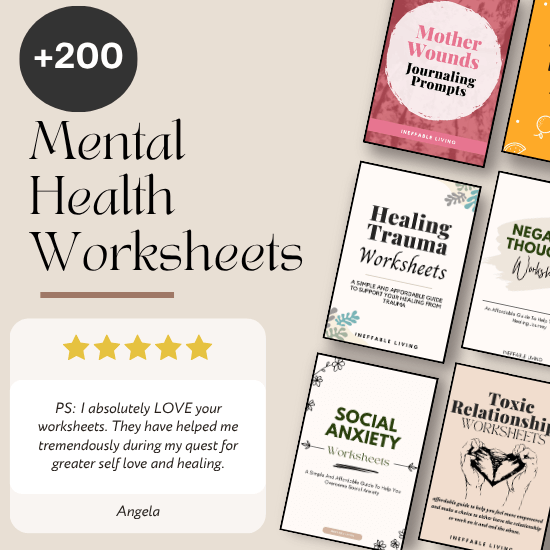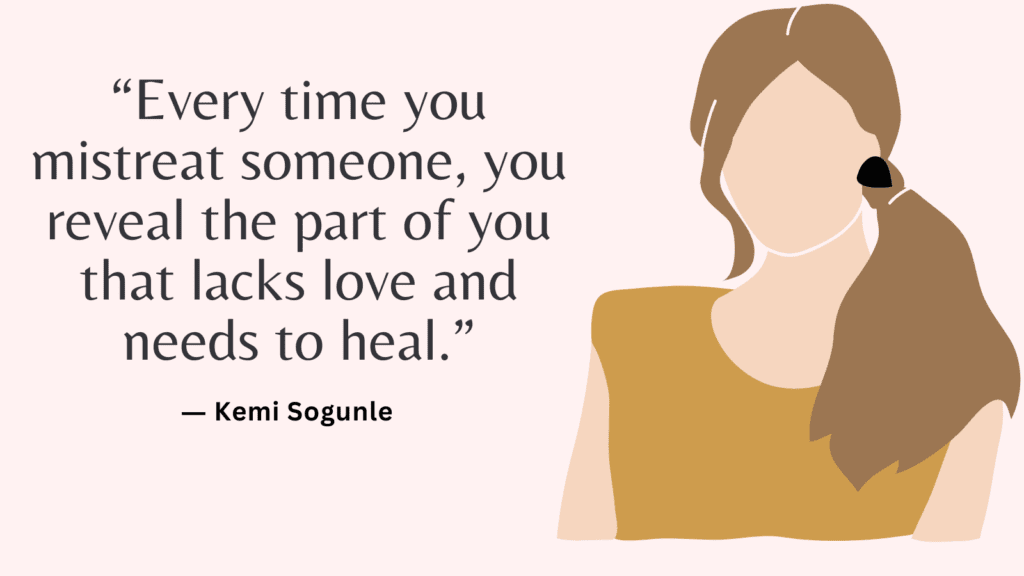If you’ve spent most of your life trying to keep the peace, meet everyone’s expectations, or avoid conflict, the idea of setting boundaries can feel terrifying. People-pleasing often stems from fear—fear of rejection, guilt, or being seen as “selfish.” But learning to set boundaries is how you begin reclaiming your energy, self-worth, and emotional safety. You don’t have to be aggressive—you just have to be honest. Here’s how to start.
How Chronic People-Pleasing Develops?
Chronic people-pleasing isn’t just a personality quirk — it’s often rooted in deeper emotional conditioning and survival strategies shaped by life experiences.
1. Childhood Conditioning and Emotional Safety
Many chronic people-pleasers grew up in environments where love, safety, or attention were conditional. If a child learned that being “good,” quiet, helpful, or agreeable prevented conflict or earned approval, they began associating pleasing others with survival and belonging. This adaptive behavior can solidify over time into a core identity.
2. Fear of Rejection or Abandonment
For someone who experienced emotional neglect, rejection, or inconsistent caregiving, people-pleasing becomes a way to avoid being left out, unloved, or dismissed. This fear drives them to go out of their way to meet others’ needs, even at the cost of their own.
Related: Top 25 Tips On How To Set Boundaries Without Being Controlling? (+FREE Worksheets PDF)
3. Low Self-Worth and External Validation
If someone was rarely affirmed for who they are (rather than what they do), they may learn to seek validation externally. People-pleasing becomes a way to feel worthy — a subconscious belief that love must be earned through service, compliance, or self-sacrifice.
4. Role Reversal and Parentification
Children who had to emotionally support or “take care of” their parents often become hypersensitive to others’ emotions. They internalize the belief that it’s their responsibility to fix, soothe, or anticipate needs — habits that persist into adulthood in relationships and work.
5. Trauma and Nervous System Imprinting
Chronic people-pleasing can stem from trauma responses — especially the “fawn” response. When fight, flight, or freeze weren’t options, some people learned to appease as a means of emotional or physical survival. This can become hardwired into the nervous system, making boundary-setting feel unsafe.
6. Cultural or Gender Socialization
Many cultures, and especially girls and women in patriarchal systems, are taught from a young age to prioritize others’ comfort, minimize conflict, and avoid being “too much.” This social training reinforces people-pleasing as a virtue rather than a defense.
Related: How to Identify and Set Non Negotiable Boundaries?
7. Reward Cycles and Social Reinforcement
Over time, people-pleasing is often rewarded — praise, inclusion, peacekeeping, or being called “selfless.” These rewards reinforce the behavior, even though internally it may breed burnout, resentment, or disconnection from one’s true self.
How to Build Boundaries When You’re a Chronic People-Pleaser?
1. Acknowledge That People-Pleasing Comes From a Place of Fear
Start by being gentle with yourself. You learned to please others as a survival strategy—maybe to avoid rejection or keep relationships stable. That awareness is the first step toward change.
2. Begin With Small, Low-Risk Boundaries
Don’t start with the hardest relationship. Begin by saying no to things like extra tasks, favors, or requests that feel like too much. Small wins build confidence.
Try:
“I won’t be able to help with that today.”
Related: Top 19 Journal Prompts For Boundaries
3. Use “I” Statements to Stay Grounded
Communicate your needs without blaming others. Say:
“I need some time to recharge tonight.”
“I’m not comfortable with that.”
This keeps the focus on your needs—not their approval.
4. Learn to Sit With Discomfort
Expect some awkwardness, guilt, or tension. It’s okay. These feelings aren’t signs that you’re doing something wrong—they’re signs you’re doing something new.
5. Practice Saying “No” Without Apology
You don’t need a long explanation or excuse. Try:
“No, thank you.”
“That doesn’t work for me.”
Each time you say no respectfully, you build a stronger relationship with yourself.
6. Reassure Yourself That Boundaries Aren’t Rejection
You’re not pushing people away—you’re creating a safe space for healthier connection. Repeat to yourself:
“Setting a boundary is not mean. It’s mature.”
7. Expect Pushback—But Don’t Internalize It
People who are used to you always saying yes might not respond well. That doesn’t mean your boundary is wrong. Their discomfort is not your responsibility.
Related: Top 10 Books About Setting Boundaries
8. Surround Yourself With Boundary-Respecting People
Spend more time with people who honor your needs without guilt-tripping or punishing you. Supportive relationships remind you that respect and love can co-exist.
9. Journal About Your Boundaries Journey
Write down what you said, how it felt, and how the other person responded. Over time, you’ll notice growth—and learn which boundaries feel most essential.
10. Celebrate Every Step, No Matter How Small
Even saying “Let me think about it” instead of automatically saying yes is a huge shift. Give yourself credit for every moment you choose honesty over habit.
Related: Top 10 Signs You Have Rigid Boundaries
Why Boundaries Aren’t About Changing Others, But Changing Yourself
- They Teach You to Take Responsibility for Your Needs: Boundaries aren’t about controlling others’ behavior — they’re about clearly expressing what you will or won’t allow, and following through with your own actions.
- They Help You Stop Waiting for Others to Change: Instead of hoping someone will suddenly treat you better, boundaries empower you to change your responses and make choices that protect your peace.
- They Shift the Focus Back to Self-Respect: Boundaries remind you that your job is not to fix or please others, but to stay rooted in your own values, limits, and self-worth.
- They Strengthen Your Emotional Maturity: Setting boundaries teaches you to tolerate discomfort, manage guilt, and stay true to yourself — even when others don’t approve.
- They Give You the Power to Act, Not React: Rather than trying to force someone to behave differently, boundaries give you clarity about what you will do if a pattern continues.
- They Break Cycles of Overfunctioning: You stop over-explaining, over-accommodating, or over-extending — and start letting people take responsibility for themselves.
- They Reinforce Inner Safety: When you follow through on your own boundaries, you build self-trust — knowing that you can count on yourself to protect your well-being.

Conclusion
You don’t have to stop being kind—you just need to stop being available at the expense of your well-being. Building boundaries as a people-pleaser is an act of deep healing. It takes time, but each step makes you stronger, more honest, and more free. You’re allowed to take up space—and the right people will love you for who you really are.



